Star “provoc-art-eur” JR hits Vevey
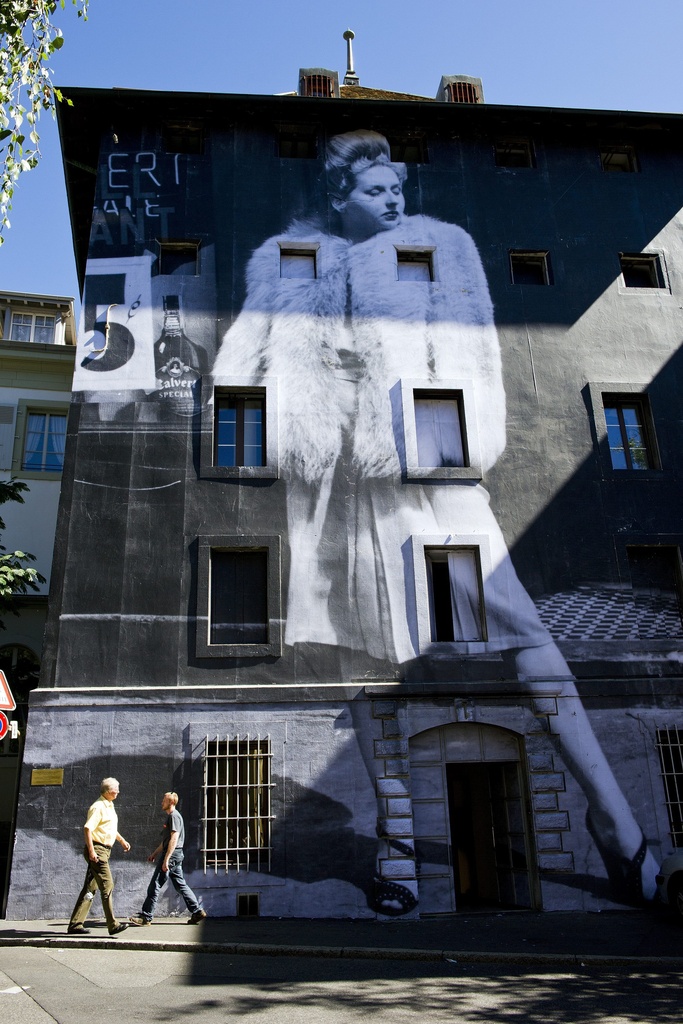
Playful priests laugh and dance outside a church, a prostitute in a silver fur waits in front of a prison and a 40-metre-high minaret towers over the main station.
These are just a few of the iconic images by well-known photographers reproduced and blown up by hip French street artist JR, who has transformed the western Swiss town of Vevey into a giant open air museum for the biennial Images festival.
Unframed is the latest urban project by the anonymous 27-year-old “photograffeur”, who sports the same name as the fictional 80s oil baron from the TV series Dallas and is regularly namedropped alongside acclaimed guerrilla artists like Banksy.
For the Vevey project, which marks a new artistic direction for the Parisian artist, JR was given “carte blanche” to raid the extensive photo collection of Lausanne’s Musée d’Elysée, for images by photographers like Robert Capa, Man Ray, Helen Levitt, Mario Giacomelli and Sebastião Salgado.
He then stamped his familiar mark on them by copying, reframing and remixing the familiar images to create huge dazzling posters, which were pasted on 15 sites across the city.
“What seduced me was working with images that were not mine,” he explained to swissinfo.ch, hidden beneath his trademark trilby, Rayban sunglasses and beard.
“Putting such familiar images in unusual outdoor settings allows you to give them a new twist and another meaning,” he added.
Whether it is Vevey, Rio de Janeiro, Paris or Jerusalem, JR works the same way – firstly finding a suitable facade or structure, then choosing the ideal image to go with it so that the “dialogue between the photo and architecture makes sense”. A team of friends and fans then help him plaster the 90cm wide strips of simple 100g paper using traditional wallpaper paste to create the finished work.
“I like to provoke meetings and to push the limits,” he told the 24 Heures newspaper in an interview.
But he rejects the idea that his work is politically engaged: “I prefer “engaging” as I invite people to look but I don’t give them the answers.”
Originality
JR is one of the highlights of the Images festival, which runs from September 4-26, featuring 100 photographers and street artists.
“For me his value is his sincerity and originality,” explained festival director Stefano Stoll. “He shows how photos are more than simple pieces of paper but become objects of intervention in society.”
The Vevey exhibition is the latest project by JR, who brings together art and urban settings with stunning, thought-provoking results.
As a young graffiti artist, his introduction to photography started almost by accident when he found a camera in the Paris Metro. He soon began plastering neighbourhoods – illegally – with shots from his photos, using the capital’s walls as a gallery to give the public a rare glimpse of the secret world of graffiti artists.
In 2004-2005 he used a 28mm lens to capture close ups of youngsters from tough Parisian neighbourhoods pulling ironic “bad boy” faces. The “Portrait of a Generation” posters were pasted in different parts of the city confronting citizens with a more human image of the “racaille” [scum] often presented by the French media.
For his Face to Face project JR travelled to the Middle East to take portraits of Palestinians and Israelis who do the same job. These were then posted side by side in large format in Jerusalem, Ramallah and on the security fence.
“When I stuck photos of imams and rabbis side by side on the separation wall in Jerusalem lots of people were scared that it might be viewed as a provocation,” he told Le Temps newspaper. “But the opposite happened. Dialogue started and since then that part of the wall has been covered by artistic work.”
Travelling stories
In 2008 JR embarked on Women are Heroes, a project to emphasize the dignity of women living in poverty. In the slums of Kibera, Kenya, he covered rooftops with huge photos of women who lived there. In Rio de Janeiro he pasted portraits of the residents of a favela (slum) on the sides of their homes.
The idea was to give the faceless a face, said JR.
“These women are pillars of their communities, so sticking them up where they live reasserts their value and that of their neighbourhoods and city,” he explained.
“But I didn’t just want to take photos for the sake of taking photos,” he added. “My promise with this project was to make their stories travel.”
The residents have since voyaged to Paris, Venice, Los Angeles, Berlin, London, New York, Amsterdam and Geneva where they have been seen on the cities’ walls.
Work in progress
Unframed will also be another long-term project. Vevey is the starting point of a “work in progress” lasting one or two years and taking in cities in other parts of the world, he explained.
The young artist intends to travel to India and Brazil in September and China at the end of October, and in each place he visits he will take posters of images from the Elysée collection.
“It gives me the possibility to start confronting these images in other locations,” he noted.
The project is particularly interesting for a museum like the Musée d’Elysée, which has a huge collection but only a small exhibition space.
“It is our wish to reassert the value of our collection and to work with young artists,” explained Sam Stourdzé, the museum’s new director.
It is such an interesting concept that lots of other photo museums and cities are keen to get in on the act, added Stoll.
“It’s a problem to get collections out there and show them to lots of people. There is no other solution than to work with these kinds of artists,” he commented.
Simon Bradley in Vevey, swissinfo.ch
JR is a 27-year-old French artist from Paris who produces huge blown-up posters of his photographs, which he exhibits on walls around the world, from Montfermeil-les-Bosquets in Paris to Jerusalem.
For his Face to Face project he illegally plastered huge portraits of Israelis and Palestinians on both sides of the separation wall in Jerusalem. For his Women Are Heroes project he travelled to Kenya, Brazil, Liberia, Sierra Leone and Cambodia to photograph women living in urban slums and poor neighbourhoods. Their images were exhibited in their home districts.
A film on the Women Are Heroes project competed for the Caméra d’Or at Cannes in 2010. JR has exhibited his work in numerous cities, including Paris, London, Amsterdam, Arles, Berlin, Los Angeles and New York.

In compliance with the JTI standards
More: SWI swissinfo.ch certified by the Journalism Trust Initiative

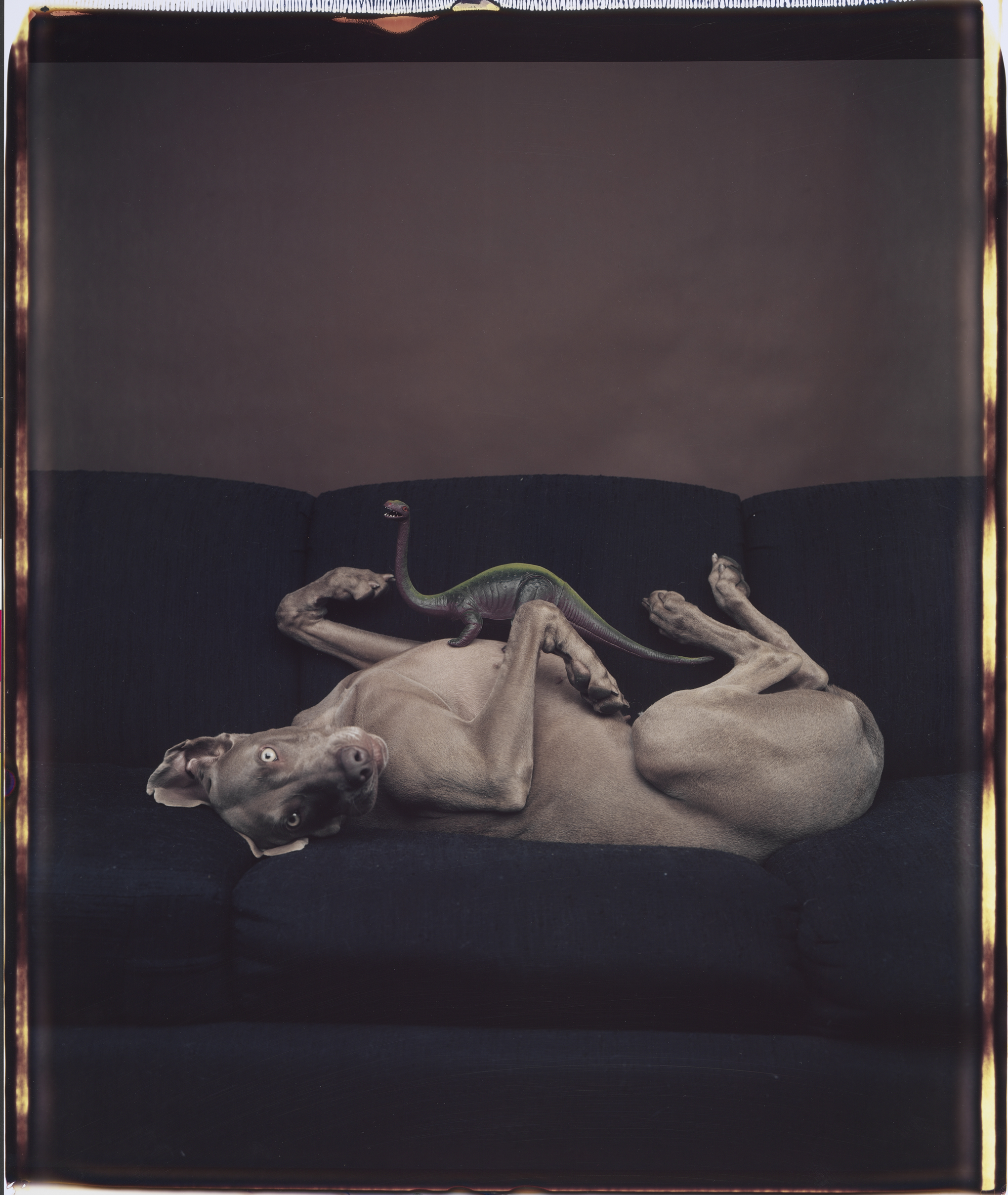
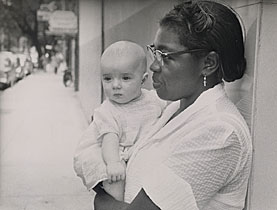
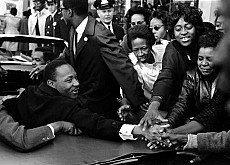
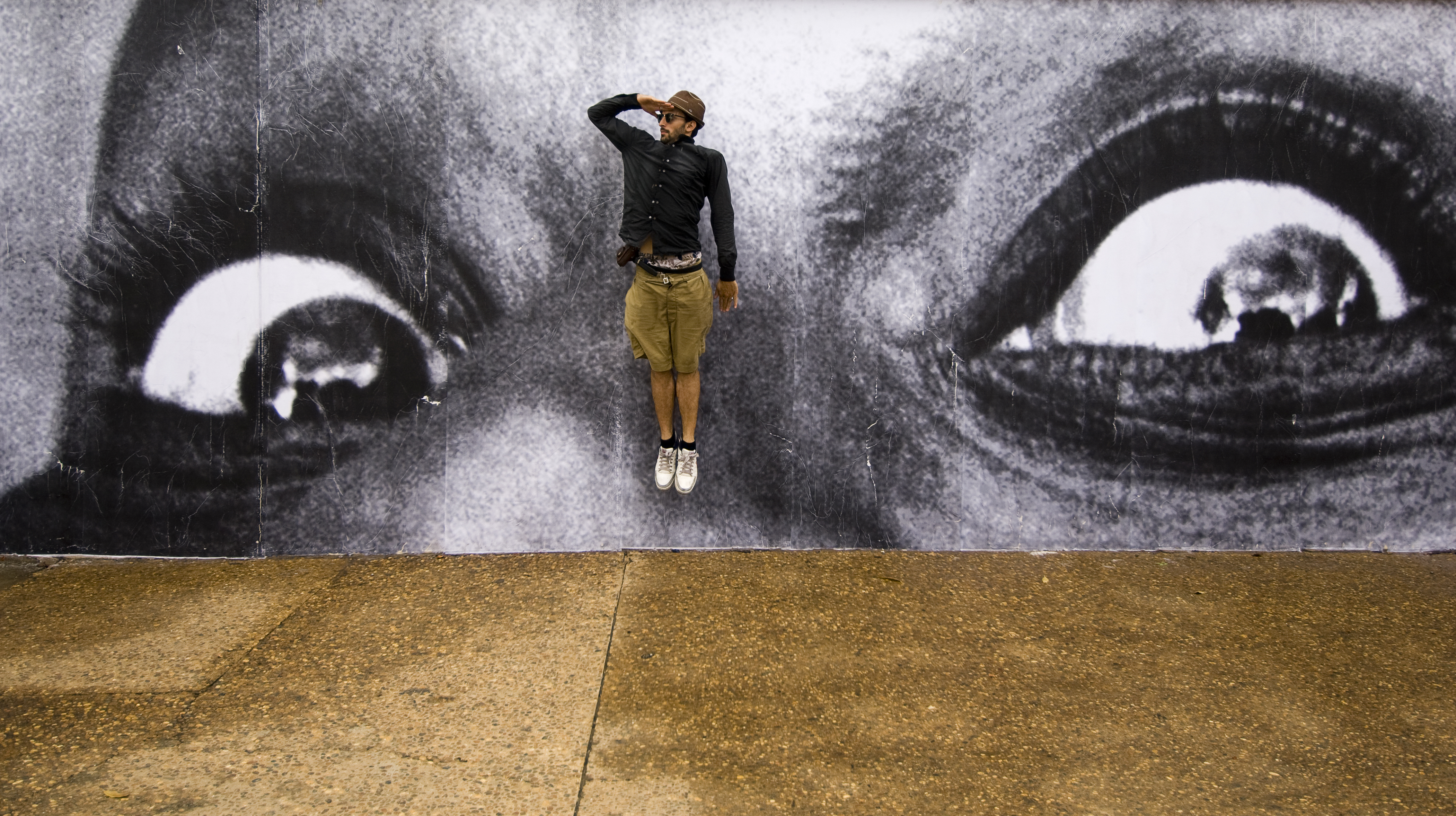
You can find an overview of ongoing debates with our journalists here. Please join us!
If you want to start a conversation about a topic raised in this article or want to report factual errors, email us at english@swissinfo.ch.